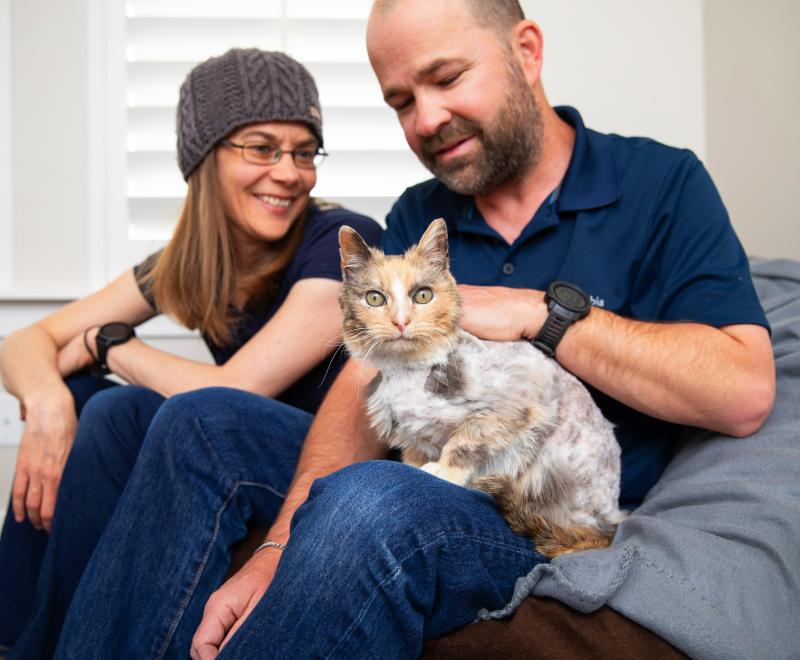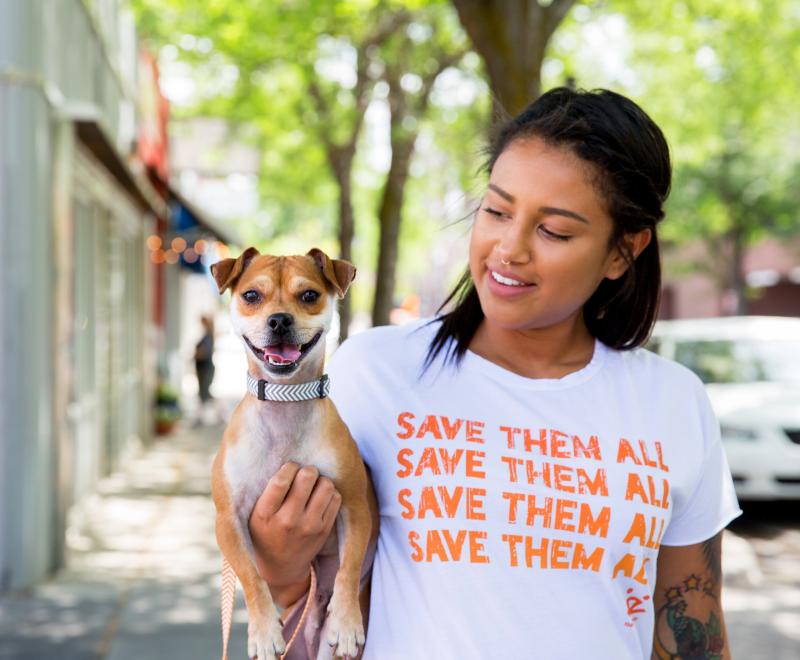Small but mighty: How 3 rural shelters save cats

When Maycee Goza was a kid growing up in Miami, Oklahoma, she’d ride along with her father to pick up sandwiches at Nott’s, the local grocery and deli. Now, decades later, she’s the manager of the local Ketcher/Keheley Animal Shelter. And, although she still picks up a sandwich now and then, a stop at the deli these days is more likely to be about checking in on the community cats (aka cats who live outdoors) cared for by store owners Jim and Susan Nott.
Comprehensive community cat programs save lives. And successes at three shelters in Oklahoma, Louisiana, and Texas are proof that even in small-town animal shelters with limited budgets and staffing, these programs can flourish.
Working with cities and counties to establish and grow community cat programs is one of the ways Best Friends Animal Society is helping shelters around the country reach no-kill in 2025 and beyond. It is a tried-and-true way to save cats in big cities, suburbs, and small towns alike.
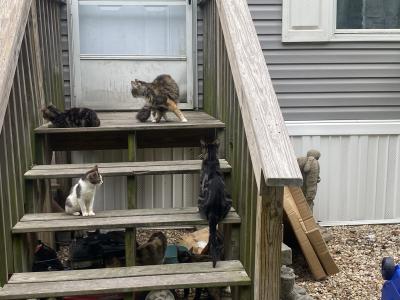
Saving cats in Oklahoma
Ketcher/Keheley Animal Shelter has had a basic community cat program in place for a number of years, but recent help from Best Friends enabled Maycee to fine-tune the operation to the point that Miami, Oklahoma’s save rate for cats in 2024 was 98%, and the save rate for dogs and cats combined was 87%. (A save rate of 90% is the benchmark for no-kill.)
Although the city funds the program, Best Friends staff met regularly with Maycee and her team to support them in making their program as efficient and effective as possible.
Clearly though, what brings the biggest smile to Maycee’s face is when she mentions being out in the community helping animals, such as the cats at Nott’s Grocery and Deli.
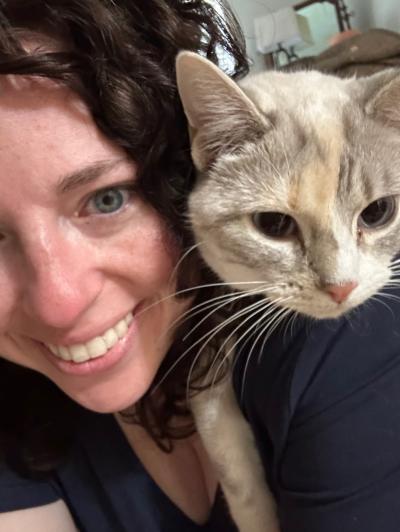
Breakfast, 4 a.m. sharp
When Jim Nott arrives at his deli around 3:45 each morning, he’s greeted by a half dozen or so cats who stay hidden most of the time but know exactly when their caregiver will show. After all, it’s a breakfast ritual that goes back 18 years.
“I have them eating by around 4, and then they’ll disappear and come back between 5 and 6 p.m. for dinner,” Jim says. “And then across the street there’s another group of cats that we take care of. Why do we do this? I guess just because we have affection for them.”
Maycee asked Jim last year for permission to trap the cats and get them spayed or neutered. Jim agreed. “She also vaccinates them and takes care of any sick ones,” he says.
The deli has hosted dozens of “boarders” through the years, some who’ve stayed a number of years and some just passing through. Jim’s current favorite, Gray-gray, has been noshing around the deli for about seven years.
Mail carriers and other people around town occasionally drop off bags of food, but Jim has always been willing to feed the cats from the pet food section of his store. “Sometimes people offer me money, but I won’t take it,” he says. “People around here have a fondness for animals. I think it makes all of us feel better about ourselves.”
And they’re not alone.
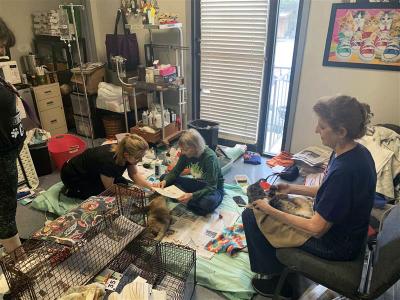
Solving a 3-block dilemma in Louisiana
Mary Gray, animal shelter supervisor for City of Walker in Louisiana (pop. 6,500), had her hands full in 2024 with more than 80 community cats living in a three-block area in her tiny town. But a year later, most of the cats have been spayed or neutered and vaccinated. And she’s not only saving feline lives but leveraging that success to build a stronger relationship with her community.
Mary was surprised to get a call offering to help with her community cats. “I didn’t think there was any way an organization like Best Friends would come to such a small place as Walker,” she says. “But I was so happy they did. We had so many cats in a small area. People were tripping over them. We had to do something.”
[Affordable vet care helps Louisiana pets]
Best Friends provided a $6,000 grant to the Walker Animal Shelter to build up its community cat program and improve on the shelter’s cat save rate, which in December 2023 was 58%. With funds from the grant, Mary paid for spay/neuter surgeries and purchased humane traps, kitten care supplies, carriers for moving cats to and from spay/neuter surgeries, and humane deterrents to discourage cats from staying in certain areas.
By the very next month (January 2024), the cat save rate had zoomed beyond 90%. When 2024 closed out, the shelter’s combined save rate for dogs and cats was 93%.
And that three-block area? “We are saving most all of them now,” says Mary. “And last year I would say we spayed and neutered around 50 cats, all from that small area. And you know what? This year we have only four or five new cats on our list.”
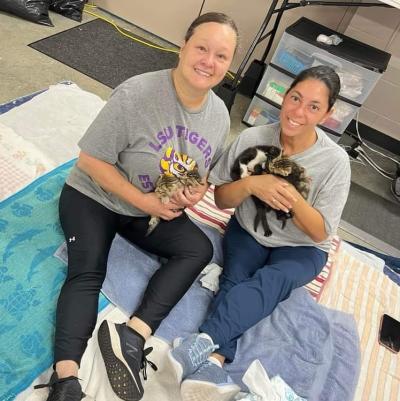
Sustainability in Texas
When staff from the City of Castroville Animal Control attended a Best Friends virtual workshop in summer 2023 and expressed interest in starting a community cat program, Best Friends began working with the shelter and in October provided a $19,000 grant to get a new program off the ground. The program had an immediate positive impact, with Castroville going from a 60% save rate in October to a cat save rate that averaged 98% for all of 2024.
Then in October 2024, Best Friends provided Castroville with an additional grant of $10,000. Half of that amount was allocated to sustaining the community cat program, and the other half was devoted to expanding adoption, medical support, and activities for dogs — plus adoption training and dog behavior training for staff.
[Texas animal shelter’s total turnaround]
Even though the Castroville facility is too small to house cats, sound planning has produced a community cat program that runs like clockwork. “Cats are trapped, sent to surgery, and then the next day returned to their outdoor homes,” says Leah Long, Best Friends South Central region manager.
The Castroville program has succeeded despite the shelter having just two staff members who had never worked in a shelter before. “Castroville is a fantastic example of a small shelter with a mindset that allowed them to accomplish great things,” she says.
Castroville’s overall save rate for dogs and cats in 2024 was 93%.
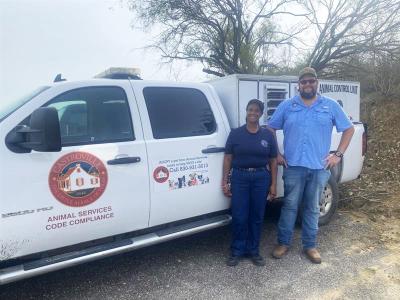
Saving lives together
“What these three shelters have accomplished in a short period of time is a very strong example of what can be achieved even with limited resources,” says Leah. “By helping them plan and set goals for change, the staff at these shelters have established programs to achieve impressive lifesaving results.”
In addition to the success achieved at their shelters, Maycee and Mary credit Best Friends with providing boosts to their careers with animals.
“I tell people all the time that Best Friends has really helped me find my true voice in animal welfare,” says Maycee. “And that means a lot because the education part of my job — teaching people how to better care for their pets — means the most to me.”
Mary’s experience is similar. “Best Friends helped me train my staff and taught me how to talk to the public,” she says. “When I’m out there in the community, people seem happy to see me. And you know what? It really feels good.”
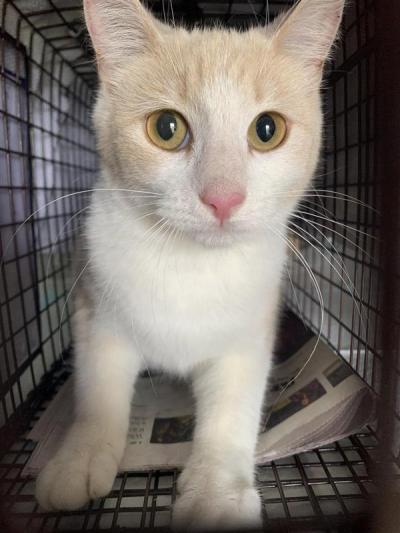
Let's make every shelter and every community no-kill in 2025
Our goal at Best Friends is to support all animal shelters in the U.S. in reaching no-kill in 2025. No-kill means saving every dog and cat in a shelter who can be saved, accounting for community safety and good quality of life for pets.
Shelter staff can’t do it alone. Saving animals in shelters is everyone’s responsibility, and it takes support and participation from the community. No-kill is possible when we work together thoughtfully, honestly, and collaboratively.


